The two Indigenous-led proponents of the Northern Road Link, that will provide access to Ontario’s mineral-rich Ring of Fire, are settling in for three more years of comprehensive environmental assessment, the First Nations representatives told mining delegates at a recent conference.
With the timeline for an EA decision on the projects by the Ontario government set for 2028, to be followed by project design and engineering, that means it’s looking like a probable late-decade start of construction on the much-anticipated roadway.
The co-leads on the environment assessment are the Webequie First Nation and Marten Falls First Nation.
The billion-dollar-plus project involves three all-season segments — the Northern Road Link, which depending on its configuration could be between 117 kilometres and 164 kilometres in length; the Marten Falls First Nation Community Access Road, which would provide direct access to the Ring of Fire in the James Bay lowlands; and the Webequie Supply Road.

Waiting on the sidelines are two main mining companies eager to access deposits of nickel, copper, platinum and palladium and more to serve the EV battery market and others — Juno Corp. and Wyloo, of Toronto and Australia respectively. They and other miners would spend billions more on mining infrastructure and send the critical minerals they mine to market via the new northern roads.
Project co-lead Qasim Saddique of Suslop Inc., representing the Marten Falls First Nation, explained during a March 5 session held during the Prospectors and Developers Association of Canada convention in Toronto that the EA process for the project is tracking to be right on the provincial average for such a project, which he said is seven years.
With several years of EA work already done, that means the proponents are on track for submission of the final EA report to the province by 2027.
“It’s certainly not a fast process,” Saddique said.
“The due diligence part, we want to get this right, so we’re spending the time required.”
The session was hosted by Saddique and AtkinsRealis project consultants Don Parkinson and Jennifer Ashawasegai-Pereira, with Marten Falls Chief Bruce Achneepineskum and Webequie Chief Cornelius Wabasse offering greetings.
Achneepineskum confirmed the resolve of the project proponents to rigorously consult their members and other stakeholders.
“As proponents we all said we wanted to set the bar high in term of delivering this environmental assessment,” he said.
“We must ensure that we reach out to all affected.”
Display boards highlighted a list of technical criteria to be studied during the EA containing 21 items. One Indigenous speaker from the audience commented, “When it concerns the land, you’ve got to do it right…you have to get the whole community involved.”
At another point, Marten Falls representative Ray Spence asked the AtkinsRealis representatives for an update on potential disruption to the muskeg in the region. Saddique later explained it appeared disruptions could be minimized.
“Fortunately, there’s high ground that runs for a majority of this project,” he said. “So that high ground provides almost a natural place for this road to be built on or around…We’re trying to minimize the use of muskeg.”
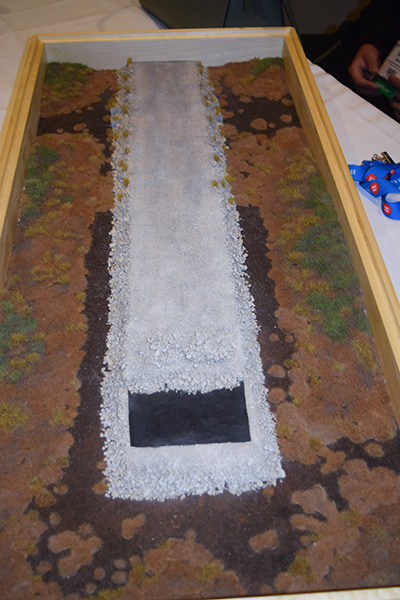
Given the shifting nature of the muskeg, the road will be “floating,” said Saddique, with a layer of load-bearing geotextile material that can hold the rock and gravel forming the road surface. It will take a few years for the roadbed to settle, providing local maintenance crews with regular work.
Saddique noted at one point the total price tag for the road was estimated at $1 billion but that figure is significantly out of date, he said.
“That’s a 15-year-old number,” he said, suggesting that in perhaps a year’s time, a preferred alternative for the path of the road will have been determined including preliminary engineering and at that time a modern estimate can be announced.
Wyloo Canada CEO Kristan Straub recently said in a published comment that the firm’s mine operations target of 2030 is tied to the road plan.
Provincial Minister of Mines George Pirie also stated, “We are doing everything we can possibly do to meet that 2030 deadline.”
It has been speculated that miners will not only be interested in accessing critical minerals that would be sold to the EV battery market but also chromite minerals that would supply the stainless steel market. Saddique said the project proponents and the miners are working in close collaboration to ensure their timelines are aligned.
He added the proponents are in dialogue with 22 other First Nations to attempt to bridge divides that have developed across the region.
Follow the author on X/Twitter @DonWall_DCN.


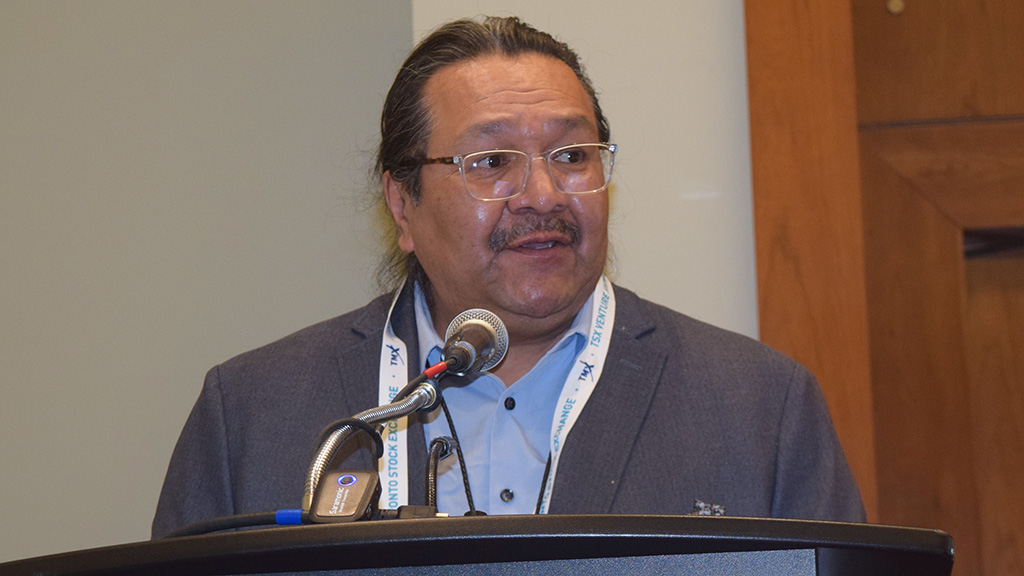
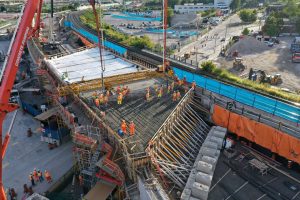
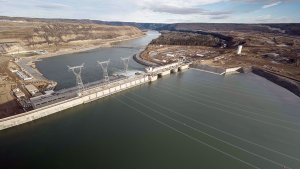

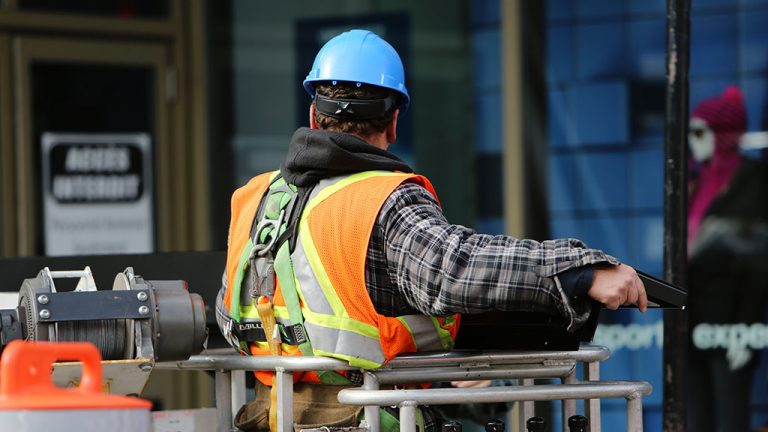
Recent Comments